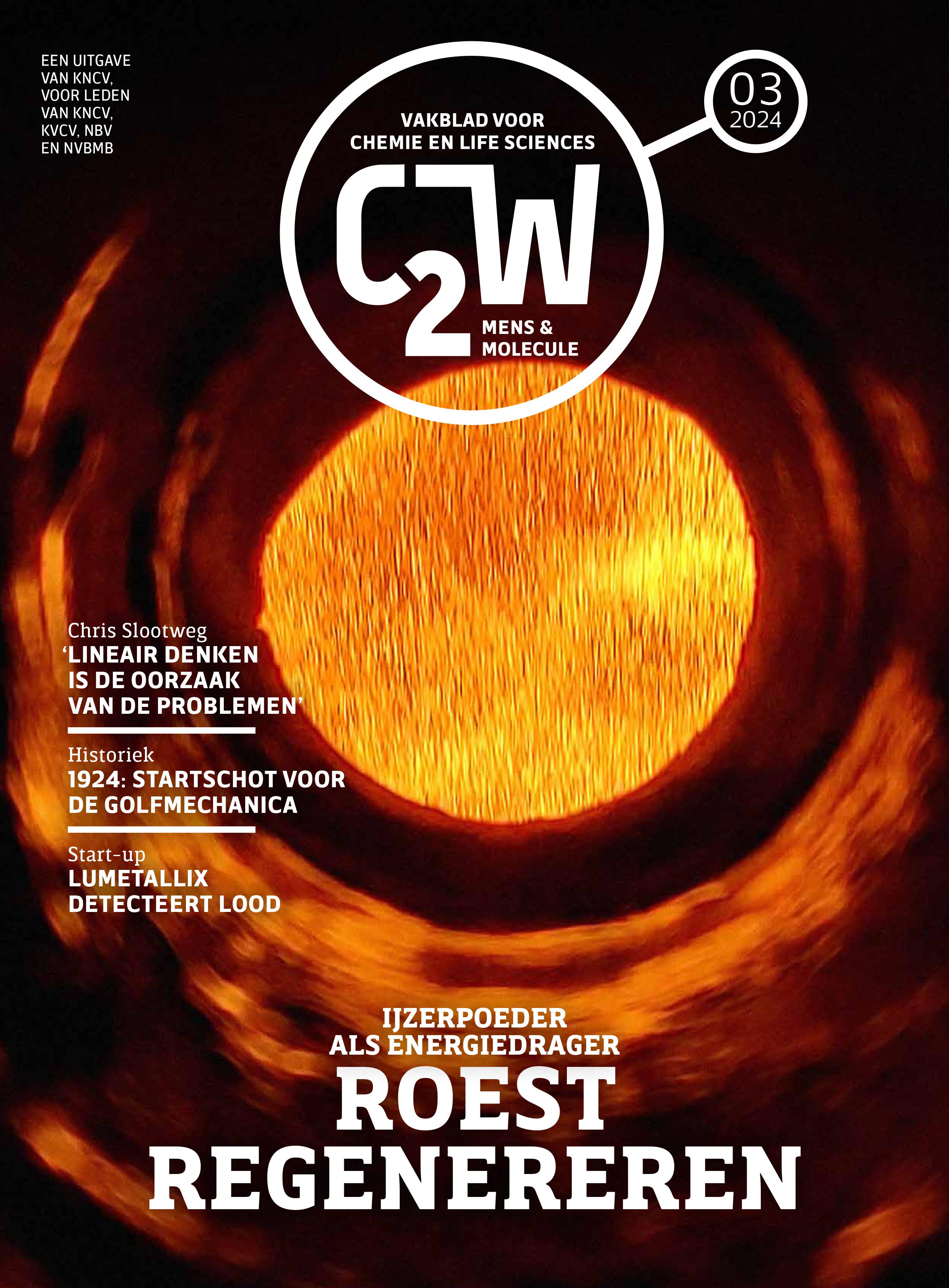Wenst u een activiteit te laten opnemen in deze lijst? Geef uw activiteit door via dit formulier.
Het gebruik van Alzheimer biomarkers in cerebrospinaal vocht voor differentiële dementie diagnostiek: beperkingen en kansen

Categorie
Doctoraatsverdediging
Datum
2018-12-10 10:00
Locatie
Universiteit Antwerpen, Campus Drie Eiken, Gebouw Q, Promotiezaal, Q0.02 - Universiteitsplein 1
2610 Antwerpen, België
2610 Antwerpen, België
Promovendus/a: Charisse Somers
Promotor(en): Sebastiaan Engelborghs, Christine Van Broeckhoven, Maria Bjerke
Over the last couple of decades, cerebrospinal fluid (CSF) biomarkers have been studied thoroughly for their potential to closely reflect neuropathological processes in the brain. currently, three pathological hallmarks of Alzheimer’s disease (AD), including amyloid plaques, neurofibrillary tangles and neurodegeneration, can be reliably used for its biochemical diagnosis as they are reflected in the changes of CSF levels of the 42 amino acid long amyloid-beta peptide (Aβ1-42), total tau protein (T-tau), and tau phosphorylated at threonine 181 (P-tau181). Despite their well-established accuracy for picking up AD pathology, these biomarkers still show distinct overlap between AD and non-AD neurodegenerative disorders. Therefore this PhD thesis hypothesizes that the early differential diagnosis of AD needs further improvement and aims to do so by overcoming the overlap of neurochemical biomarkers measured in CSF. We have set-up studies including clinical cognitive healthy controls, and clinical as well as autopsy-confirmed AD and non-AD patients. Subjects were very well characterized from a demographical, clinical, neuropathological, neurochemical and genetic view.By correlating the core AD CSF biomarkers with criteria for neuropathological diagnosis of AD to assess how well the CSF biomarkers actually reflect AD pathology, CSF P-tau181 was found to be the most specific biomarker in the CSF biomarker profile for AD. As the earliest biomarker CSF Aβ1-42 frequently shows overlap between AD and non-AD brain disorders but its combination with another Aβ metabolite into the the CSF Aβ1-42/Aβ1-40 ratio improved the differential AD versus non-AD diagnostic accuracy compared with CSF Aβ1-42 alone. In the specific scenario for differentiation of AD (with very high CSF T-tau levels) from Creutzfeldt-Jakob disease (CJD), total CSF prion content (PrP-t) proved an accurate differential biomarker, but did not meet the high accuracy of other markers such as prion RT-QuIC or the T-tau/P-tau181 ratio. To enable the comparison of absolute CSF biomarker values, a diagnostic-relevant interpretation algorithm, namely the Erlangen Score (ES), was set up, which was a significant predictor for the probability of having AD pathology post-mortem in an autopsy-confirmed cohort of AD and non-AD disorders.
As no single biomarker has yet been found to fully and specifically diagnose AD along its progression spectrum due to its high complexity and overlap with other neurodegenerative disorders, a panel including different biomarkers is crucial. The addition of new biomarkers may therefore improve its differential diagnostic performance, either by detecting AD or non-AD specific pathology, preferably in its earliest stages.
Alle datums
- 2018-12-10 10:00
Powered by iCagenda

